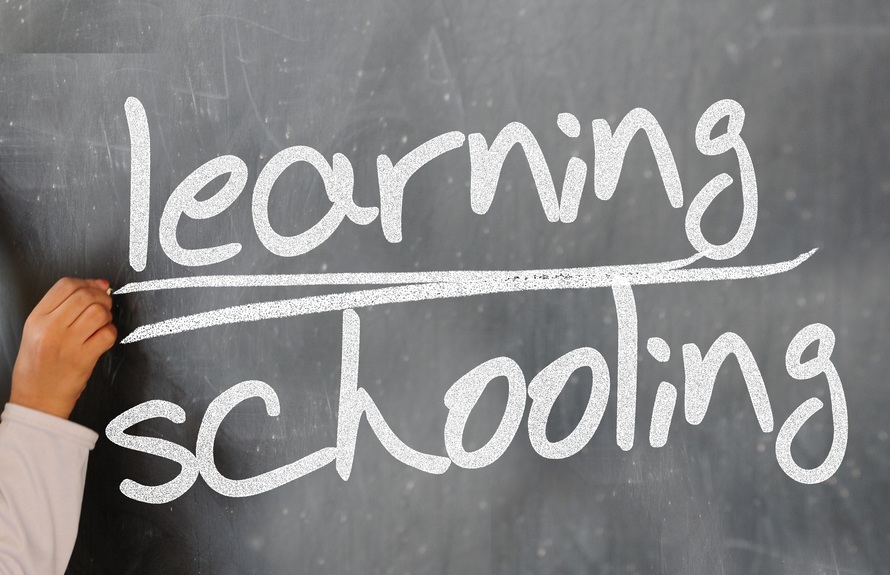Many Americans believe that the major problem within public education is the lack of focus within the administration of a school. They even go as far as to blame the teachers for not providing the adequate time and skills needed for their child to grow and learn on a day-to-day basis. What they do not realize are the overarching problems that continue to plague our schools all across the nation.
For many experts within the field, they commonly refer to this problem as the academic achievement gap. The academic achievement gap in education is commonly understood and referred to as the disparity in academic performances between groups of students. Much of this is determined by grades, standardize test scores, student achievement, course selection, dropout rates, and college acceptance and completion rates, and other internal and external variables when measuring student success. But what is most troubling about the data is how race and socio-economical status play a role in a student’s success. In previous data and test scores, we have seen a large and troubling disparity within performance with African American and Hispanic students and their white counterparts.
The problem, of course, was highlighted during President Bush’s No Child Left Behind Act in 2001. Their mission, like many other policies today, is to close the achievement gaps amongst these various student groups and provide them an excellent set of education for success. With countless test scores and analyzed student data, the comparison between the groups began to show a rise within student achievement. But, as much as we have seen incredible strides and growth, the gap continues to persist today, especially within subjects such as reading, mathematics, and science. As much as we can hover over the concept, we have to address one of the real issues that continue impact student learning, poverty.
While poverty is, in itself, a very uncomfortable topic to discuss, it is something that must be addressed when dealing with education. For many schools across the nation, especially those that are failing, poverty will always be right behind it. Many of these ‘D’ and ‘F’ schools exist within low socioeconomic communities. With more than 16 million children growing up in poverty where 22% of all children live in families with total income below the federal poverty level of $23,550 a year, we have to at least assume the negative implications that poverty and socio-economical class can have on our youth’s education. In the classroom perspective, you can see how the lack of financial fund can greatly impact a students’ learning. Edweek highlights a fantastic point about this by stating the following:
“Being raised in a low-income family, for example, often means having fewer educational resources at home, in addition to poor health care and nutrition. At the same time, studies have also found that children in poverty whose parents provide engaging learning environments at home do not start school with the same academic readiness gaps seen among poor children generally.”
Now, as difficult as it may seem, there are ways to help combat and fight the gap in order to promote a stronger and more tangible education equity future.
While this will always be a challenge, I believe that teachers and educational administrators alike can truly make an impact within their schools. In a fantastic and enlightening article from Brian K. Creasman on the ABCs of Teacher Leadership, Creasman highlights various points in how educators can learn and grow as leaders within their schools. This, in turn, should provide the necessary culture and guidance in moving our schools and our students in the right direction. While there definitely has to be some significant changes within the political realm of education, I do believe teachers can be the true impact in creating that force for transformational change.
Some highlights from his article were his three main points with education:
- Accountability
- Betterment
- Collaboration
With ‘accountability,’ you as educators are the leaders and game changers within your schools. You are movers, mentors, motivation, and inspiration that can truly spark change within a toxic culture. To do that, you yourself need to set stronger and higher expectations for yourself and your students. Now the key to success does not have to be measured by test scores. Instead, it can be measured by the confidence and mentality you can instill within your students. For ‘betterment,’ teachers need to continue to strive for something greater. Just because you have a few years under your belt does not mean you do not have room for improvement. In order to shape and alter the system, educators as a whole need to challenge other teachers and most importantly themselves in order to see success. Like any job, you want to grow. But for education, by growing and perfecting your trade, you will be able to provide your students with the knowledge and foundation for success. This leads to his last point on ‘collaboration.’ Creasman states, “Through collaboration, teachers are able to ingrain a focus on high expectations and accountability. Together, stakeholders create high expectations and empower stakeholders to create a system of accountability.” To be the change, you need to communicate. By sharing efficient and effective secrets to the trade of education, you will be able to expand your worth and change the lives of hundreds of students.
Remember, a teacher is never a giver of truth. A teacher is a pointer to the truth that each student must find for himself or herself. Create that change and continue the fight in closing the academic achievement gap.

